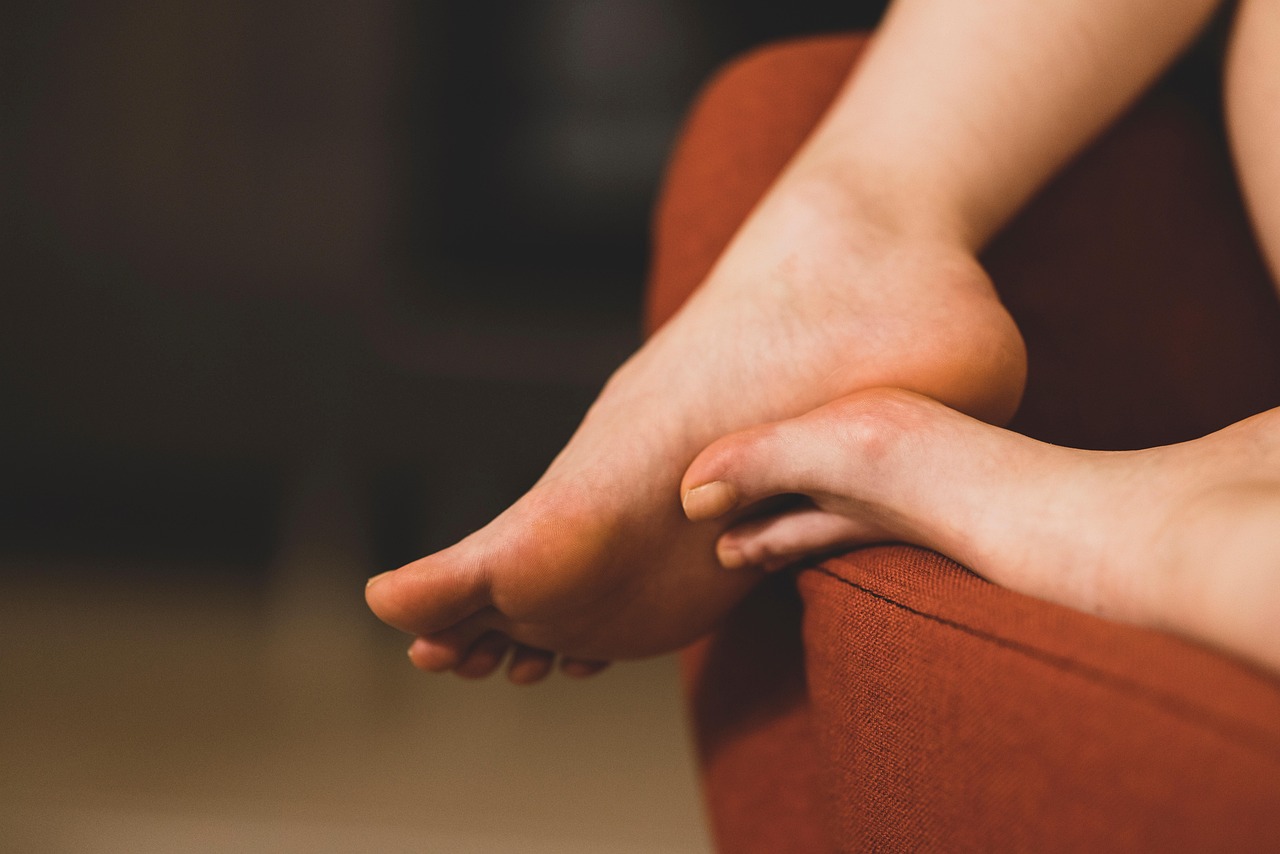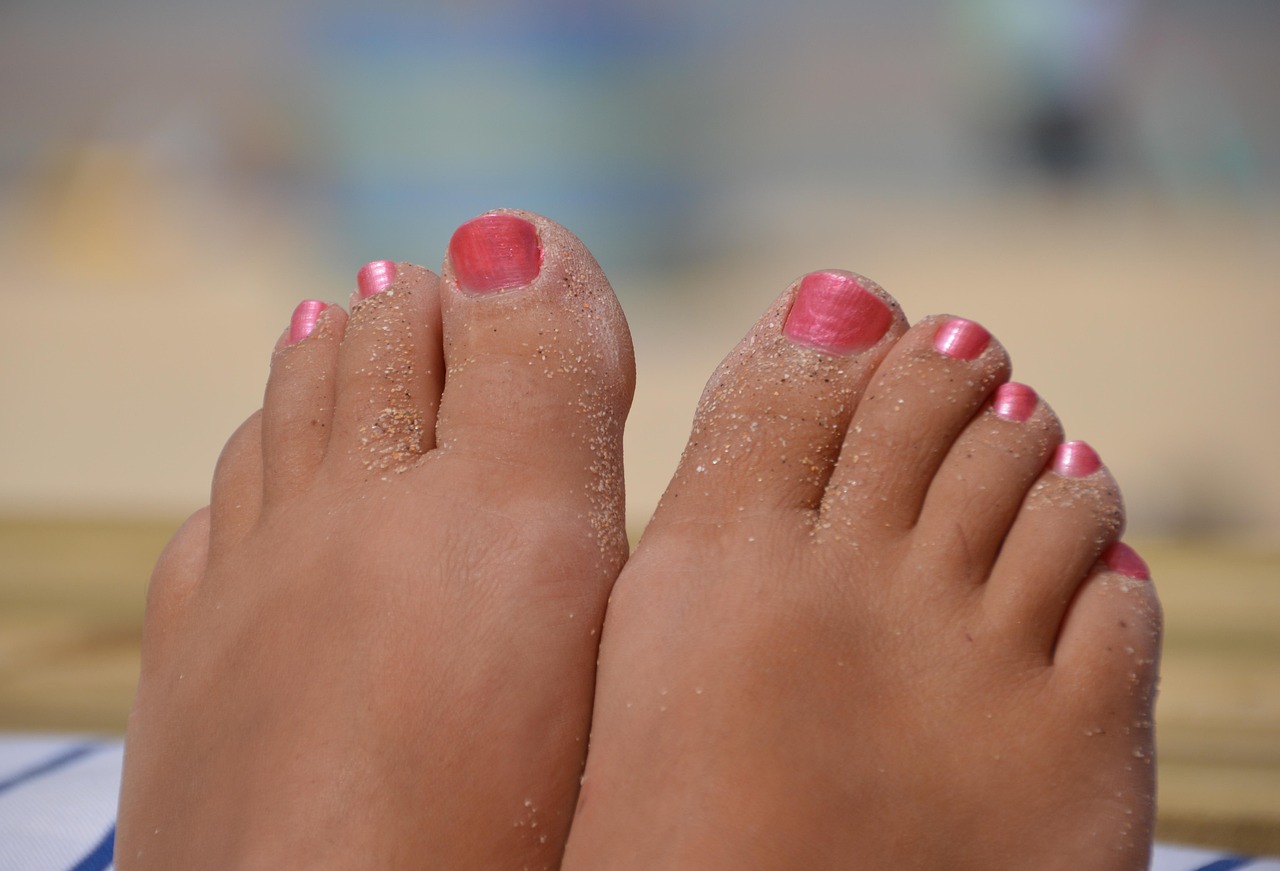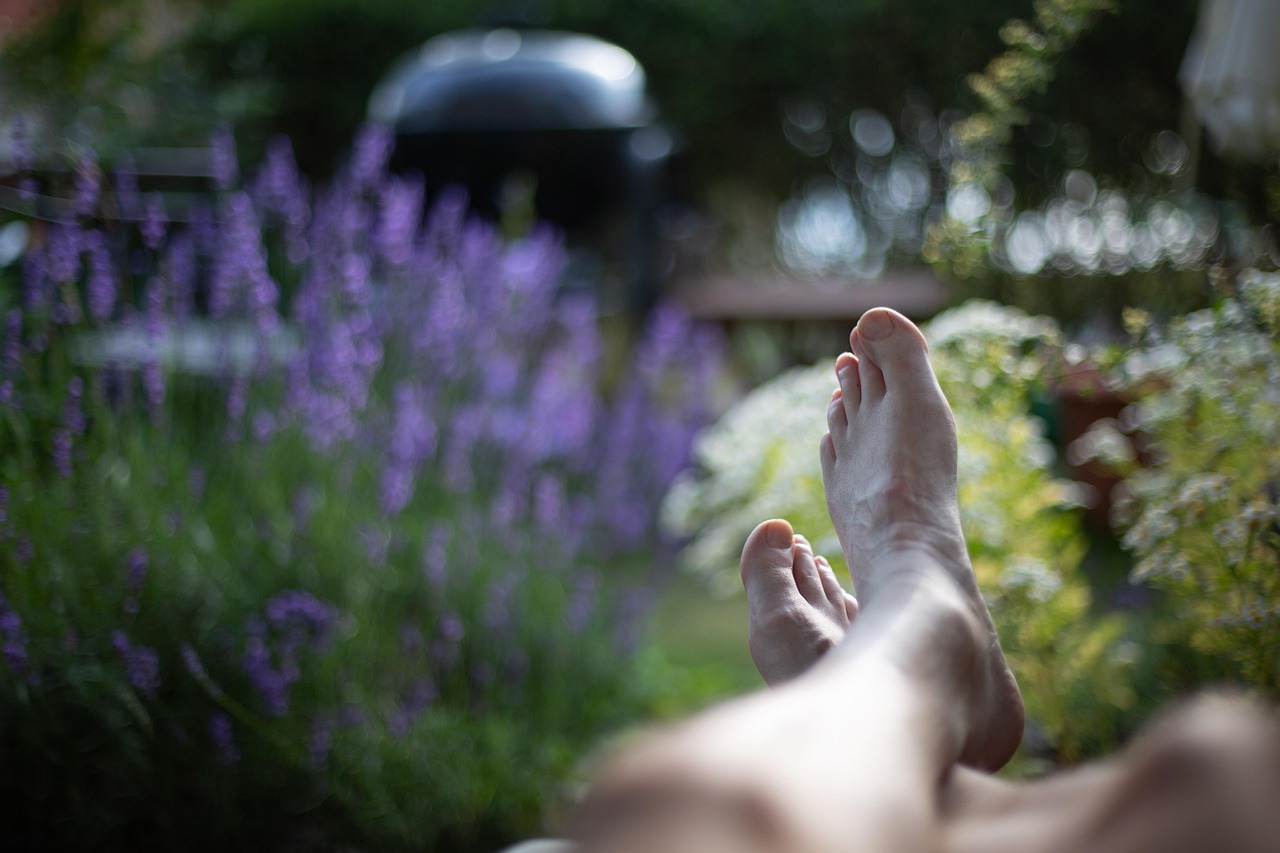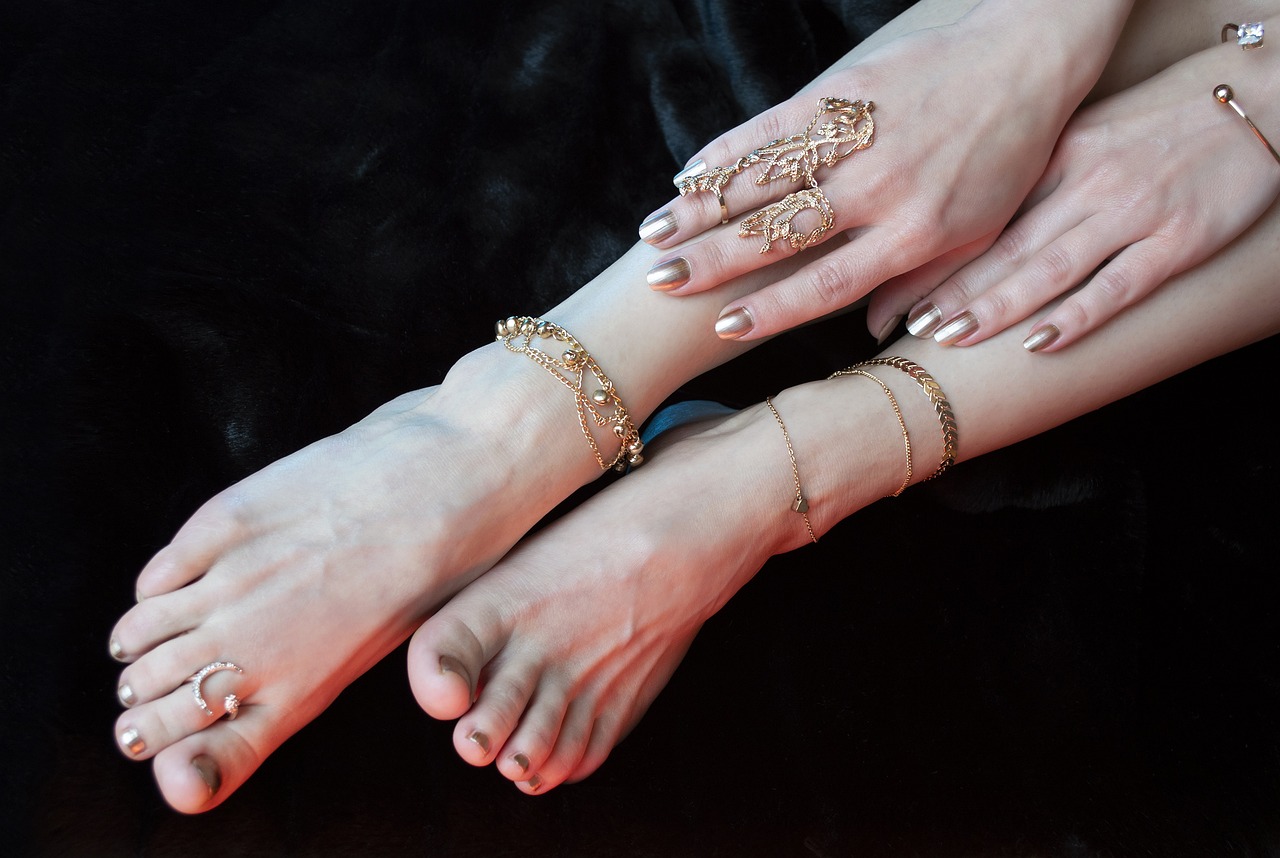Dry heels aren’t just uncomfortable — they can become dangerous.
For most people, dry heels are an annoying but manageable issue. But for those living with diabetes, even minor skin dryness can evolve into serious complications. The feet — particularly the heels — are one of the most vulnerable areas in diabetic skincare, and neglecting them can lead to infection, delayed healing, or worse.
In this guide, we’ll explain why diabetics must prioritize heel moisture, how dry skin can become a real medical concern, and what products from The Beauty Pure can help you protect your feet effectively, every single day.
Table of Contents
Toggle🩺 Why Moisture Matters More for Diabetics
🔹 1. Diabetes Reduces Blood Flow to the Feet
Poor circulation slows down:
- Nutrient delivery to the skin
- Wound healing
- Cellular regeneration
As a result, any cracks or skin injuries take longer to heal and are more likely to become infected.
🔹 2. Nerve Damage Means Less Sensation
Peripheral neuropathy, common in diabetics, reduces your ability to feel:
- Pain
- Temperature
- Skin changes
That means many diabetics don’t notice a crack or sore until it becomes a serious wound.
🔹 3. Dry Skin Cracks Faster
Diabetic skin tends to be drier and thinner due to metabolic changes. On the heel, this means:
- Greater chance of fissures
- Skin tears that may bleed
- Higher risk of infection and ulceration
🚨 What Can Happen If You Ignore Heel Dryness?
- Painful, deep cracks that make walking difficult
- Entry points for bacteria and fungi
- Infections that don’t heal, possibly leading to hospitalization
- In severe cases: diabetic foot ulcers or even amputation
That’s why proactive moisture care isn’t optional — it’s essential.
🧴 How to Keep Diabetic Heels Properly Hydrated
✅ Step 1: Choose the Right Foot Cream
You need a formula that’s:
- Fragrance-free
- Rich in urea, panthenol, and glycerin
- Designed for sensitive or compromised skin
👉 Recommended:
Lapitak Cream for Cracked Heels
- Deeply hydrates and restores elasticity
- Helps prevent skin splitting
- Gentle and non-irritating
✅ Step 2: Apply Cream Daily — No Exceptions
Use foot cream:
- After every shower
- Before bedtime
- Whenever your heels feel tight, rough, or dry
🔁 Massage gently, especially around the heel edges. Avoid applying between the toes (to prevent excess moisture buildup).
✅ Step 3: Wear Socks Overnight
- Enhances absorption
- Prevents dirt and bacteria from reaching soft skin
- Keeps moisture sealed in
Use clean, cotton socks — never synthetic materials.
✅ Step 4: Inspect Your Heels Daily
Because sensation may be reduced:
- Look closely for cracks, redness, or flaking
- Use a mirror or ask for help if needed
- Treat even small skin breaks immediately
✅ Step 5: Use Odor-Control Carefully
If odor is a concern, avoid drying powders or alcohol-based sprays.
Instead, use:
👉 Lapitak Foot Odor Preventing Spray
- Antibacterial without harsh ingredients
- Keeps feet fresh without disrupting skin balance
🧠 Bonus: Lifestyle Tips for Diabetic Foot Care
- Stay hydrated — dry skin starts from within
- Wear supportive, breathable footwear
- Avoid walking barefoot — even indoors
- Trim nails carefully and file gently — or see a podiatrist
- Schedule routine foot exams
Summary: Moisture Isn’t a Luxury — It’s a Lifeline
For diabetics, proper heel care can prevent wounds, infections, and serious complications. Daily moisturizing is not about cosmetic softness — it’s about maintaining the integrity of your skin barrier and staying safe.
👉 Explore The Beauty Pure for dermatologist-trusted heel care products designed to protect diabetic feet with every step.





